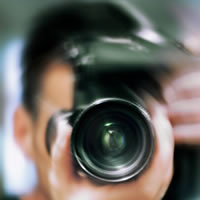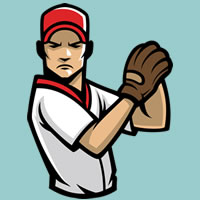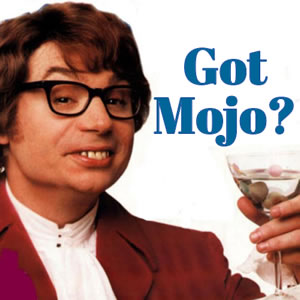One of the first job responsibilities I had when I started out as an assistant travel editor at Condé Nast was to do photo research.
This required physically going to various Ad and PR agencies in midtown Manhattan and examining sheet after sheet of slides with my loupe (which I never let out of my sight and in fact, still have today).
Upon presenting my choices to the art director and team of editors, I faced ruthless rejection for random reasons I could never have predicted.
Rather than rattle off some of them, I’ll share the best one I, to this day, hold as the gold standard for how you can never really understand what will please or repel someone at the creative helm.
Upon presenting what I thought would make a perfect two-page spread for a story about honeymooning in Florida, one editor instantly tossed it into the reject pile.
“We can’t use this one…it has a dog on the beach. Makes people think the beach is dirty.”
Oddly, I can’t even tell you how many years I did the photo research while at Conde Nast, but what I can report is that there was a huge take-away from the experience.
My biggest lesson is that as a travel writer today, I believe you have to take your own pictures if you really want to be in the game.
But it’s more than just clicking away with your iPhone or BlackBerry. It’s thinking through how your story will be illustrated and then, it’s efficiently getting just the right selection of images to the editor.
Travel editors today—with the exception of a handful who can afford to send their own photographers out into the field—have an insatiable appetite not only for new and original story ideas, but the artwork to accompany them. While some rely on stock imagery, this option often requires more work for the editor and can be very frustrating. For example, I was recently writing a story about an island in the French West Indies and needed some additional images. I could only find general shots of the island in the stock libraries, not one identifying which part of the island it was. Ultimately, I couldn’t use any of them.
As a writer going out into the world, you have a unique advantage and opportunity to get the images that might best accompany your story. Think of it. If you hike to the top of Maine’s Cadillac Mountain, you potentially can get photos of the hike itself, the view from the top, and whatever else you might happen upon along the way. You can shoot horizontals and verticals; some pictures with people, some without; some with dogs, some without.
So when you submit your story and the editor asks about images, you ask—what do you need? Horizontals? Verticals? People? No people? Dogs?
Okay, so maybe you don’t fancy yourself a photographer. My answer to that is do a restart on yourself.
With the great and many reasonably priced cameras on the market today, you might find that you can take better pictures than you thought.
~ Susan
Do you provide images when you submit a travel story for publication?






I loved your post, I am persuing my dreams in writing and photography, and i couldn’t agree with you more! I believe to every story that I write, I recount the details in my writing to paint the picture immacculately for the reader, and the image then confirms what I tried to convey. Writing and photography go hand in hand as a traveler, and I just wanted to thank you for putting this advice to anyone that wants to persue writing or photography.
Hope you check out my website, and let me know what you think! ;)
Thank you, Greta. I did check out your site! Very nice. Incredible photos and stories. Very creative.
Great post! Thanks for the insight.
I’ve been taking my own photos since day 1 and I think it has really helped.
As a point of pride, I only use my own photos on my site.
Solid piece Susan! Writing and photography are such complementary skills that being good at both already gives one a leg up when submitting stories for consideration.
As part of our MatadorU travel writing course, we’ve got a chapter dedicated to taking photos as a writer. We also teach travel photography as a separate course as well.
I always indicate that high resolution, print-quality photos are available and also include a link to an online gallery when pitching an article to an editor.
Thanks Lola and I agree about the online gallery. Basically you want to make the editor’s job as easy as possible. So when it’s time to make another assignment, he or she will remember how efficient you were.
I’m not a published writer, but I think I have some useful things to say as an experienced traveler, and even betters photos to go along with it. I’ve just started realizing lately in my posts, I like them better with people in them. In the beginning I used to try to avoid people in my photos, now I embrace it!
Great article. Thank you and I agree. I always think in terms of how the writing and the photography work together. Take a look at my blog and let me know what you think!